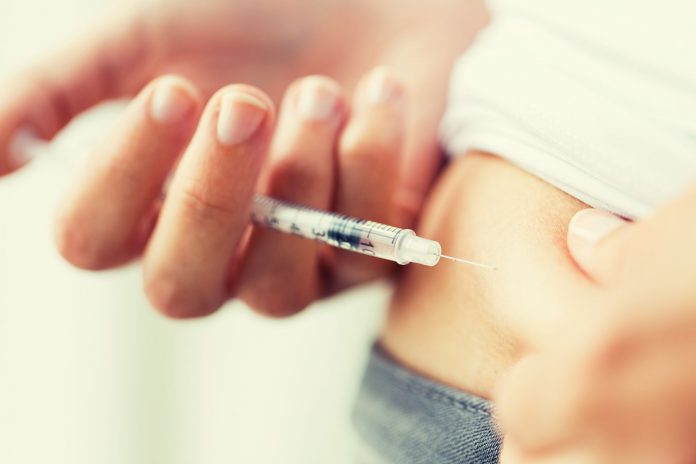Diabetes is arguably the biggest epidemic of the twenty-first century. According to the federal Centers for Disease Control, more than 100 million Americans are diabetic or prediabetic. If left unmanaged, diabetes is fatal and can result in serious health complications, including nerve damage, heart disease, stroke, blindness, kidney disease, and damage to extremities requiring amputation.
For an increasing number of people with diabetes, regular insulin injections are indispensable for managing their condition. Tragically, insulin in the United States is alarmingly expensive, taking a financial toll on many who need it to prolong their lives. A recent CBS News article reports finding “horror stories every day” of diabetics reducing and rationing their insulin doses, risking long-term complications or falling into a diabetic coma.
Fortunately, these stories may now be a thing of the past.
Drug producer Eli Lilly and Company recently released Lispro, the first ever generic insulin to enter the U.S. market. Lispro is available in pen or vial form and lists for $137.35 per vial (or $265.20 for a pack of five pens), half the price of Humalog, its brand-name alternative. Generic insulin provides much-needed financial relief. As Eli Lilly and Company CEO and Chairman Dave Ricks noted in a statement, “We don’t want anyone to ration or skip doses of insulin due to affordability. And no one should pay the full Humalog retail price.”
But many are still upset that a generic alternative is still expensive and is coming so late. Ben Wakana, executive director of the nonprofit advocacy group Patients For Affordable Drugs, echoes the frustrations of many when he expressed, “Charging nearly $140 for a vial of insulin—a drug that was invented almost a century ago—is still too high.”
He has a point. Insulin has been available to treat diabetes since 1922. The first generic insulin was approved just a few weeks ago. Why?
Unlike pharmaceuticals, which enjoy 20 years of patent protection from competition, insulin is classified as a biological compound. Under the FDA’s regulatory system, producers can extend patents for biological compounds by slightly modifying their product components. This possibility creates an incentive for insulin producers to alter their products rather than releasing generic drugs and competing by offering patients lower prices.
As my coauthors and I note in an article published in the Journal of Entrepreneurship and Public Policy, insulin has been adapted to enter the bloodstream quicker, to last longer by using different preservatives, and has also been extracted from different animals since first becoming available to patients. Many of these changes offered little medicinal benefits but protected producers from generic competitors. The result is that three insulin producers encompassed 99 percent of the market for nearly one hundred years.
Offering a generic alternative for insulin is a much-welcomed addition to the diabetic care market. I expect this change to prolong and save many lives, which is certainly worth celebrating. However, the development of insulin in the United States also provides a cautionary tale of how devastating the misaligned incentives created by poorly designed regulations can be for patients.
It’s been a costly and long-lasting mistake. Let’s hope we learn from it.
